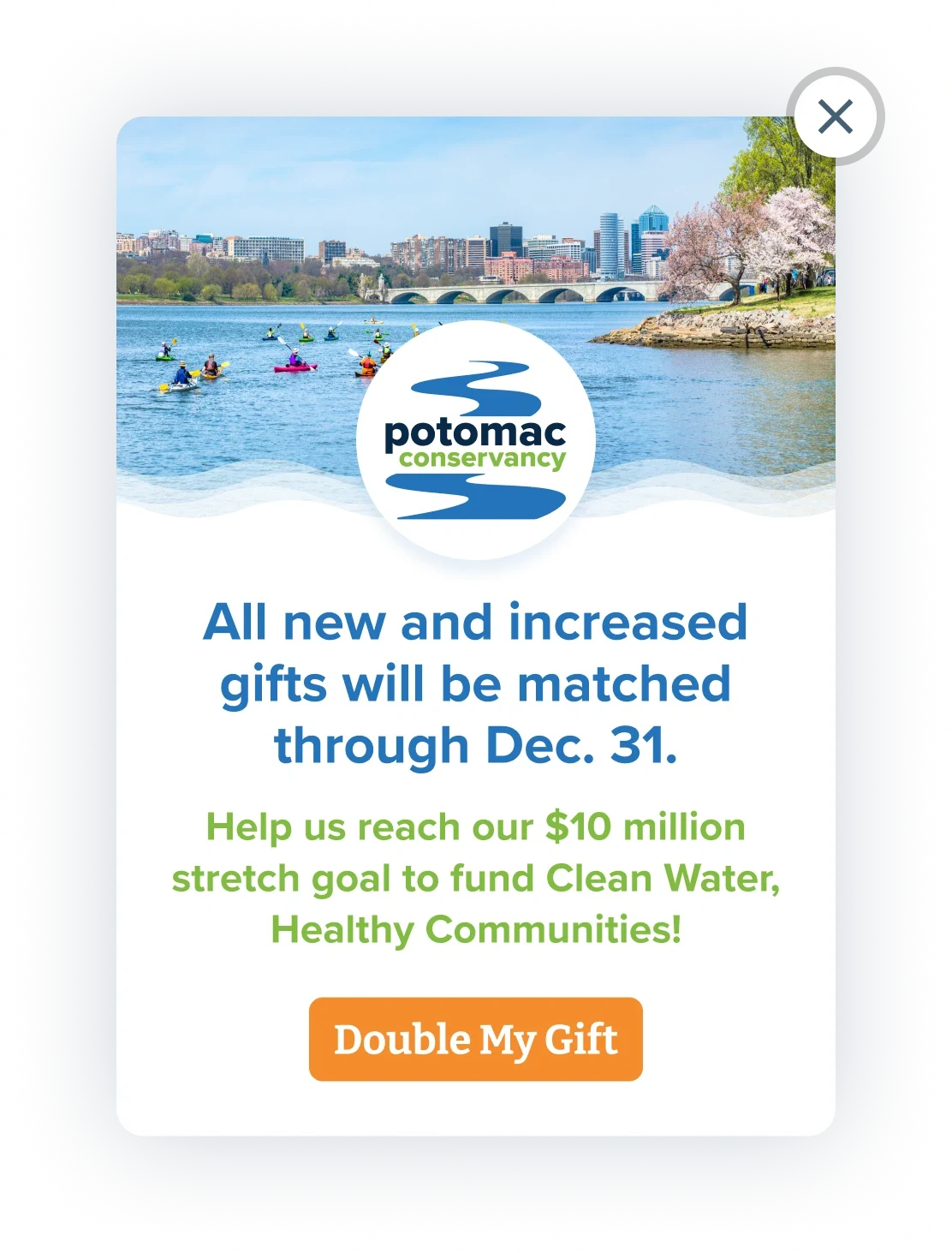Mapping a Community Vision for the South Branch Valley
Since fall of 2012, Potomac Conservancy has engaged landowners and community members in the South Branch River Valley of West Virginia to create a land protection vision. In an initial step, the Conservancy hosted a 2-day workshop, where more than 45 landowners and stakeholders identified and prioritized important characteristics of the land that contribute to their quality of life (e.g. fertile farm soils, trout streams, high quality forests, and pleasant views).
This vision was then translated into a series of maps that reflect participants' values and identify which lands most contribute to sustaining those values. These are the most important lands to protect.
More than 50 members of the South Branch community, including over 30 landowners, then gathered in another workshop to discuss the maps and share ideas. The Conservancy, with the help of local landowners and partners, is using these maps to prioritize our land protection work and to leverage more dollars and support for conservation in the valley.
In 2013, the Open Space Institute selected the South Branch watershed as one of only four priority areas from Virginia to Maine to be eligible for more than $5.5 million in land protection funds. In 2015, the Open Space Institute pledged $500,000 to help protect White Horse Mountain, a 1,725 acre forested property identified as a conservation priority by the community during the planning process.
Continue reading to learn more about the conservation process, or view the Final Maps >
Conservation Planning Process
With help from professional facilitators and map-makers, participants worked through the following steps:
1. Drafted a vision for how the valley should look in the future.
2. Identified shared values in the South Branch Valley - what is most special about this place?
3. Identified important characteristics of the land that are important to conserve in order to sustain this vision.
4. Each participant answered a simple questionnaire to prioritize land features according to their individual interests.
5. The combined results determined the priorities of the group as a whole. Land types and/or values identified as most important were given higher weights in the mapping process than land types/values identified as less important to the group.
6. Mapping results were shared at a community gathering on November 7th, 2012.
Maps will help to inform decisions, leverage funding and raise awareness to protect the important lands that were identified by the community. Want more details? View a 3 page downloadable summary of the conservation planning process >
Participants
Appalachian Stewardship Foundation
Cacapon and Lost Rivers Land Trust
Cacapon Institute
Farm Service Agency
Freshwater Institute
Hampshire and Hardy County Convention
and Visitors Bureaus
Hampshire and Hardy County Soil
Conservation Districts
Hampshire County Parks and Recreation
Hampshire and Hardy County Planning Departments
Hampshire Historic Landmarks Commission
Landowners, Farmers and Foresters in the
South Branch Valley
Trough General Store
National Park Service Rivers, Trails and
Conservation Assistance Program
Natural Resources Conservation Service
Outdoor Heritage Conservation Fund
Potomac Eagle Scenic Railroad
The Nature Conservancy
South Branch Consortium
Volgenau Foundation
Walnut Grove Campground
WV Conservation Agency
WV Dept of Agriculture
WV Dept of Environmental Protection
WV Dept of Natural Resources
WV Division of Forestry
WV Land Trust
WVU Extension Service












